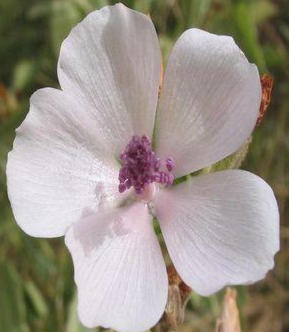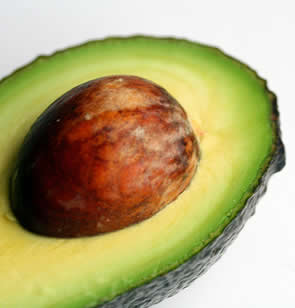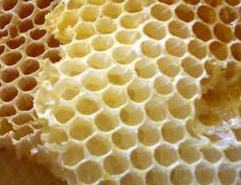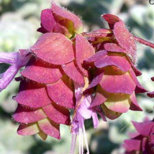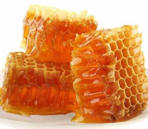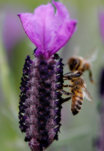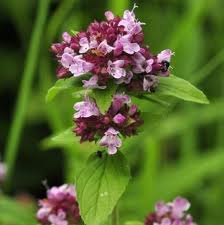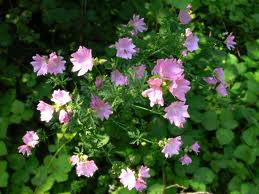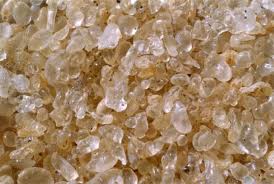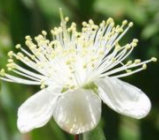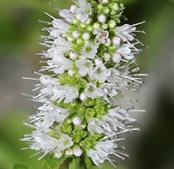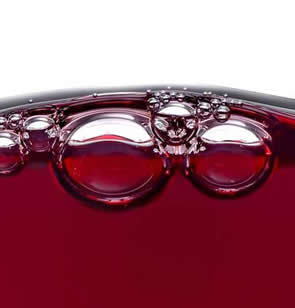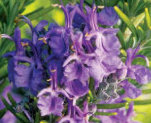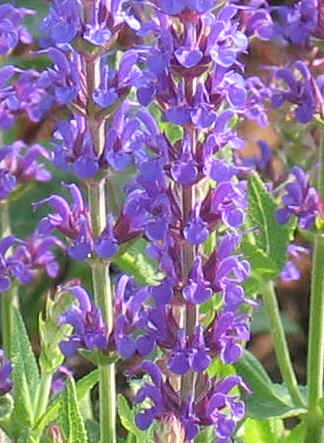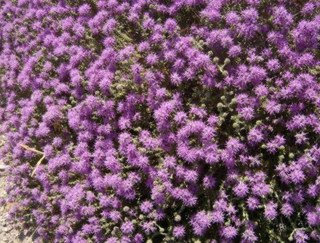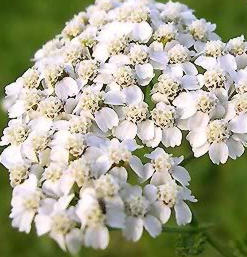
Calendula (Calendula Officinalis)
Calendula, also known as Marigold, is a short-lived aromatic perennial plant, native to southern Europe.
The golden yellow flowers of Calendula officinalis have been used as medicine for centuries, traditionally, to treat conjunctivitis, blepharitis, eczema, gastritis, minor burns including sunburns, warts, and minor injuries such as sprains and wounds. It has also been used to treat cramps, coughs, and snake bites. |
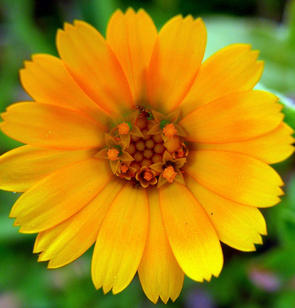 |
Historically, Calendula flowers have been considered beneficial in reducing inflammation, promoting wound healing, and used as an antiseptic. Calendula has been used to treat a variety of skin diseases and has been seen effective in treatment of skin ulcerations and eczema. Taken internally through a tea, it has been used for treatment of stomach ulcers, and inflammation. The flower of the Calendula officinalis was used during the ancient Greek civilization also as a fabric dye, an additive in various cuisine dishes, and for cosmetics.
Health Benefits & Modern Medicinal uses
Some of these traditional or ancient uses still persist everywhere in many parts of the world today. The use of this herb is extensively for the herb’s antiviral properties and anti inflammatory properties.
Calendula today, is being investigated for its anticancer properties. In conjunction with other herbs there has been evidence of success in treating certain cancers (Heren's carcinoma, colon cancer, leukemia and melanoma). It consists of flavonoids which are plant-based antioxidants that protect body against free radicals which damage the cells. Calendula can be applied to all skin types, whether dry or oily. It is widely used in anti-aging creams and lotions for sensitive, dry and damaged skin.
Calendula is a natural herb which is transformed into oils, gel and ointment to cure gastritis, eczema, wounds, sunburn and stings. Research shows that the use of calendula can help improve blood flow in the body, especially in affected skin areas. This helps renew and rebuild the skin.
People with dry broken skin are more likely to get benefited from calendula since it is a great skin healer. It can very well cure skin irritations because of its antiseptic and anti-inflammatory properties. Calendula has been effective in treating juvenile acne and its oil can be use to moisturize skin after a cool shower and to soften post-surgical scars.
Another amazing thing about calendula is that it leaves no scar on the irritated area unlike other skin repair lotions and creams.
Links:

